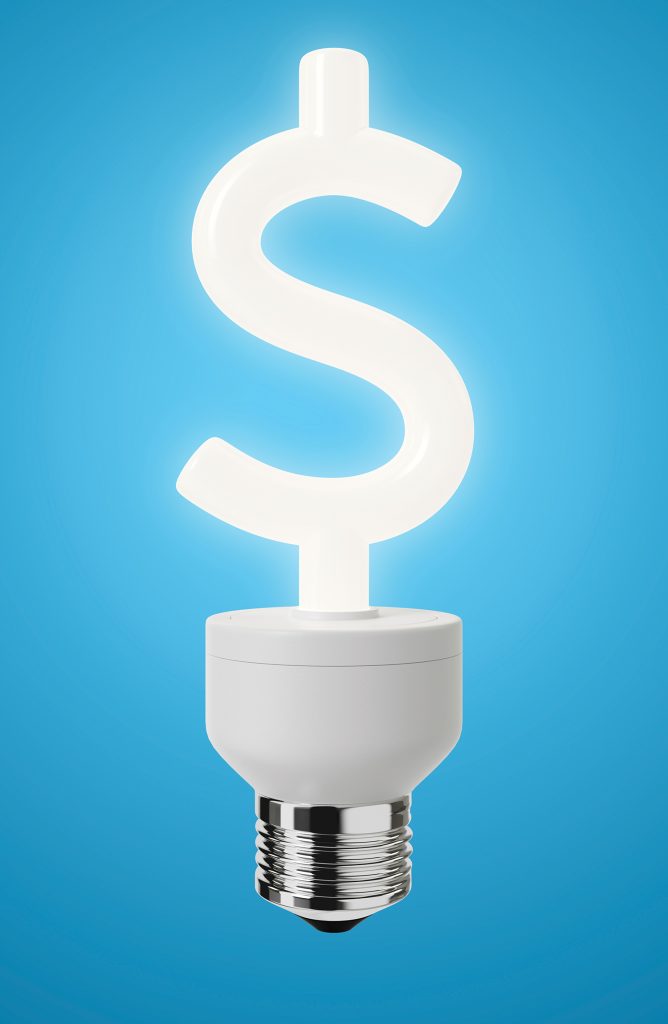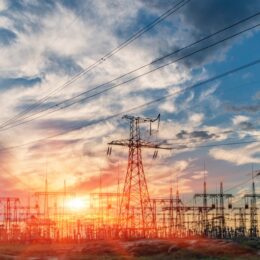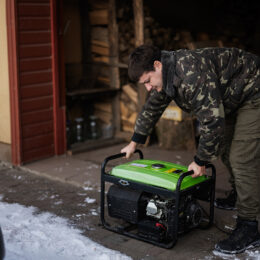by Brian Reynolds
With inflation driving costs higher on multiple fronts, including energy, finding ways to save money is crucial in the current economy.
There are two ways to go about home energy savings — energy efficiency and energy conservation.
The two are often confused as the same thing, but there are important distinctions.
Energy efficiency means using specific products that are designed to consume less energy.
For example, upgrading an old HVAC system or installing new windows are just a couple of ways to improve your home’s energy efficiency.
Not only can you save money with improved efficiency, but there are a number of tax credits available for installing more energy-efficient home systems. Any system placed in service between Jan. 1 and Dec. 31, 2023, is eligible for a 22% tax credit provided other criteria are met. Those criteria vary from system to system.
Eligible systems include things like wood or pellet stoves, geothermal heat pumps, small wind turbines and solar energy systems such as water heaters or panels.
If those projects are beyond your budget, there are still plenty of opportunities for energy conservation.
Energy conservation involves using less energy for cost and environmental reasons and making adjustments to your activities on a day-to-day basis.
Some examples are switching to energy-saving light bulbs, using smart power strips, installing a programmable thermostat, ensuring your home is fully insulated, washing clothes in cold water and letting them air dry, washing dishes by hand, replacing air filters, using the microwave instead of the stove, taking advantage of natural light when possible, and dressing appropriately for the weather both inside and outside of your home.
These small things might not seem like much, but every little bit adds up to monthly savings. There are always ways to conserve energy — even if you can’t always be as energy efficient as you might want to be.
BRIAN REYNOLDS is energy advisor at Jackson County REMC in Brownstown, Indiana




